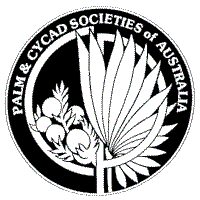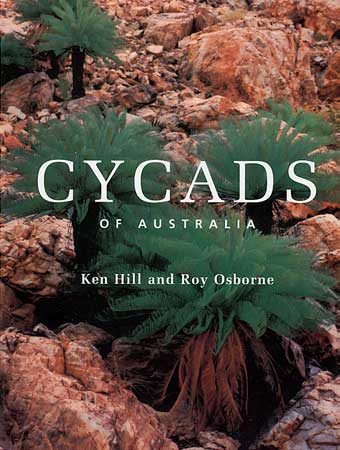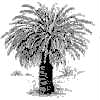|
Book Reviews
Cycads of Australia |

| |||
|
| ||||
|
Cycads of Australia by Ken Hill, and Roy Osborne Published by Kangaroo Press Australia as a continent is rather well endowed with a rich variety of these ancient and fascinating plants. It is probably the only part of the world where within just a few minutes' drive of the center of a capital city (Brisbane) one can view several species of cycads growing in the wild. Not only that but a number of species are still found in great abundance while some have features distinct from all other cycads on earth today. There are about 69 endemic species in four genera and a number of species in the genera Cycas and Macrozamia have been named only in the last ten years. There has therefore been a great need for an up to date book devoted to this subject and this need is finally met in this volume. |
 |
|
The authors are well known to those who are interested in cycads. Ken Hill has described most of
the Australian Cycas species and some of the recently named Macrozamias. This book is therefore
based to a large extent on work in the field rather than being a compilation of material gathered
from other publications. The plentiful colour illustrations too are mostly original and
taken from specimens in habitat rather than in cultivation.
The book begins with a section of sixteen pages dealing with such topics as relationships, morphology, reproduction, and conservation and also includes a few pages on cultivation. This is the only part of the book that mentions cultivation as there are no cultivation notes with the descriptions of the individual species though the habitat notes are to my mind very helpful in that regard as they usually mention the soil types and other details for each species. Even the illustrations which usually show the habitat are of use here. It does seem strange to me though that a list of cold hardy cycads does not include such species as M. moorei . Most of the book is devoted to descriptions of the species and this part of the book is divided into three sections corresponding to the three families represented. Each section is then further subdivided into genera and these into series and/or groups as appropriate. There are brief discussions of the families, genera, etc and these are then followed by the more detailed descriptions of the species. These appear to be written more for the general reader rather than with the professional botanist in mind. This means there are no detailed taxonomic discussions or precise botanical descriptions. Under the heading for each species there is a brief explanation of the name and a reference to the literature where the original description was first published. This is followed by a map of Australia showing the location of the species then Distinguishing Features, Notes, Habitat, Distribution, and Conservation Status. At the end of the book are a page each for Other Reading, Cycad-oriented Web Sites, Cycad-oriented Societies, and Index to Species. The book acknowledges that more work needs to be done on the Macrozamias so this is not necessarily the last word on Australian cycads but it certainly contains the most up to date material available so far. Everyone seriously interested in cycads will want to have this book and will find much useful information here. I like the in habitat photos and the fact that the Habitat notes refer to the soil type in which each species grows. The 'Distinguishing Features' sections will be very useful as it is sometimes very hard to identify the plants. The more I read the book the better I like it.
|
 |
 |
 |
 |
 |
 |
||||